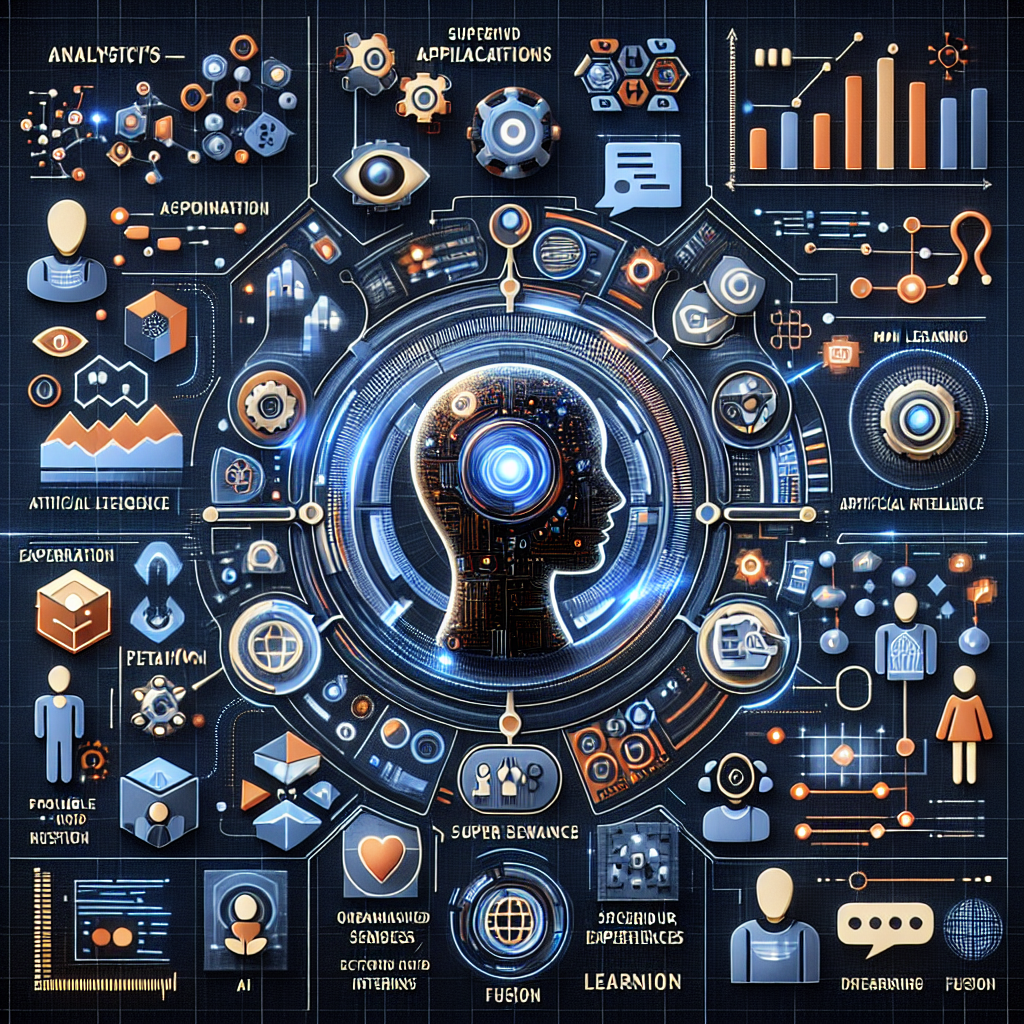In the ever-evolving world of technology, chatbots have emerged as a pivotal tool in enhancing user interactions and streamlining various business processes. The fusion of chatbots with data analytics, artificial intelligence (AI), and machine learning (ML) has paved the way for innovative applications and superior user experiences. This article delves into the dynamic synergy between chatbots and data, exploring how this integration is shaping the future of digital interactions.
Integrating Chatbots: Enhancing User Experience
One of the most significant impacts of integrating chatbots is the enhancement of user experience. Chatbots serve as the frontline interface between businesses and their customers, providing immediate, personalized responses to inquiries. By incorporating natural language processing (NLP) and understanding user intent, chatbots can offer relevant solutions and support, thereby reducing wait times and improving customer satisfaction. This seamless interaction not only fosters a positive user experience but also helps businesses maintain consistent communication with their clientele, regardless of the time or location.
Data-Driven Insights: The Backbone of Smart Chatbots
Data-driven insights are crucial in shaping the intelligence and effectiveness of chatbots. By analyzing vast amounts of user data, chatbots can identify patterns, preferences, and behaviors that inform their responses and recommendations. This continuous feedback loop allows chatbots to evolve and adapt their interactions to better meet user needs. For businesses, leveraging these insights means they can refine their strategies, personalize marketing efforts, and ultimately drive higher engagement and conversion rates. The integration of robust data analytics ensures that chatbots not only respond accurately but also anticipate user needs proactively.
AI and Machine Learning: Transforming Chatbot Capabilities
Artificial intelligence and machine learning are at the heart of transforming chatbot capabilities. These technologies enable chatbots to learn from each interaction, improving their performance over time. Machine learning algorithms can process complex datasets, detect anomalies, and predict future trends, making chatbots more intuitive and responsive. AI-powered chatbots can handle multifaceted tasks such as sentiment analysis, context recognition, and automated decision-making, which significantly enhances their utility in various sectors including customer service, healthcare, and finance. As AI and ML technologies advance, chatbots will continue to become more sophisticated, delivering more accurate and human-like interactions.
Future Prospects: The Evolving Landscape of Chatbots
The future landscape of chatbots promises a blend of advanced technologies and innovative applications. As chatbots become more integrated with IoT devices and other digital platforms, their role will expand beyond simple text-based interactions to include voice-activated commands and augmented reality interfaces. The development of more advanced AI models will enable chatbots to understand and process complex human emotions and intentions, making them indispensable in providing mental health support and personalized education. Additionally, the focus on ethical AI and data privacy will shape the responsible deployment of chatbots, ensuring they contribute positively to societal needs while safeguarding user data.
The dynamic synergy between chatbots and data is revolutionizing the way businesses interact with their customers and manage their operations. By leveraging data-driven insights, AI, and machine learning, chatbots are becoming more intelligent, responsive, and capable. As we look to the future, the continued evolution of these technologies promises even more innovative and impactful applications, solidifying the role of chatbots as essential tools in the digital age.


